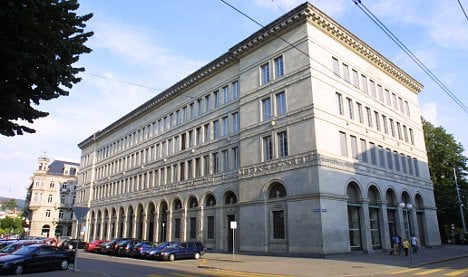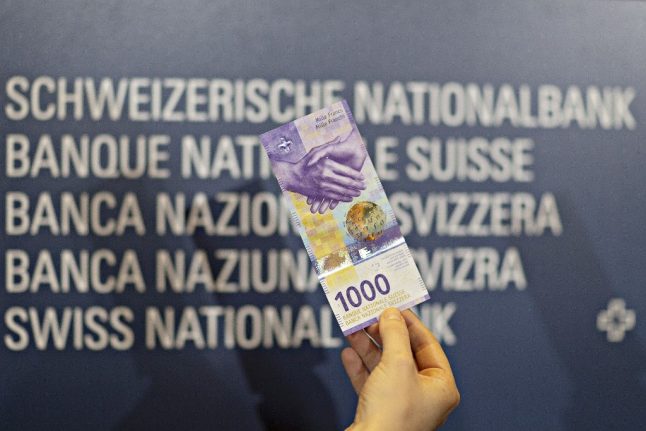SNB said on Friday that its stabilization fund, or StabFund, had by Thursday completely paid off the last portion of a $25.8-billion loan issued in 2008 to save UBS, which was among the global banks hardest hit by the crisis.
The completion of the final payment of 1.2 billion Swiss francs ($1.3 billion) means that UBS will now be permitted to go ahead with its plan to repurchase once-toxic assets, central bank spokesman Walter Meier told AFP.
The price will be set by independent agents who will assess the current value of the assets, the central bank said in a statement.
UBS lost billions of dollars in the United States subprime home-loan crisis and the ensuing financial turmoil.
A collapse of the bank would have been catastrophic for the Swiss economy.
In a rescue operation, the central bank set up the StabFund to take over assets considered toxic worth $38.7 billion.
The central bank also pumped $3.9 billion into the bank, which UBS has repaid to ensure its right to repurchase its assets once the loan had been reimbursed.
When it published its results last month, UBS said it planned to take advantage of this repurchasing option in the final quarter of the year.
According to the agreement, the central bank will receive the first $1 billion of the remaining equity capital in the StabFund, while it will split the rest equally with UBS.



 Please whitelist us to continue reading.
Please whitelist us to continue reading.
Member comments